Glutes - The Powerhouse of the Body
Reading time: 2.5 minutes
You may have heard of the glute muscles (or to give them their full name – the gluteals) AKA our buttocks. We talk about them a lot in the fitness industry, especially in Pilates. This blog aims to explain where they are located on our body, what they do and why we should spend time strengthening them.
The Anatomy
There are 3 gluteal muscles located in each buttock: the gluteus maximus (shown in the above image) is one of the largest and strongest muscles of the body and it forms the bulk of the buttock. If you clench your bottom you will feel this muscle contract and tighten. The gluteus medius (meaning middle), which sits deep to the glute max, and finally, the gluteus minimus (the smallest of the three), which sits deep to the glute med.
Our glutes form part of our core and they are vital for healthy and efficient movement. They help us stand up straight, they drive us forwards when we are walking or running and they also form an important role in stabilising our hips as we move.
Why strengthen them?
The problem is, due to our sedentary modern lifestyle, our glutes often become weak and inhibited (meaning that they don’t work to their full potential). When we are sitting our glutes switch off. If we drive to work, sit at a desk all day, get home for dinner at the table and then relax in front of the TV for the evening it’s likely our glutes will be switched off the majority of the time. Then when we come to stand up, move around, run – all things that our glutes are required for, we may not have adequate strength in them. This means we don’t move as efficiently and may lead to us overusing other muscles which can cause tightness, back pain and injury.
How Pilates helps
By consciously strengthening our glutes with controlled, targeted and precise Pilates exercises, we become more used to activating them and this translates into our subconscious movements in every day life.
Strong glutes help us stand tall, find a neutral spine position and optimal posture. This reduces the stresses and strains on other parts of our body.
When we stand on one leg, walk, or engage in dynamic movements, the glutes activate to stabilize the pelvis and maintain alignment. Insufficient glute strength can lead to poor stability, increasing the risk of injury.
Strong glutes also boost athletic performance, so whether you're a runner, cyclist, or engage in team sports, the power generated by your glutes is essential for explosive movements and optimal performance.
We do a variety of glute exercises in every Pilates session. I hope you enjoy them and start to feel the difference in your strength!


